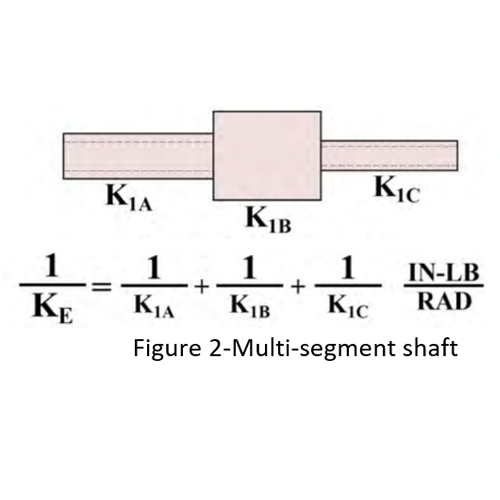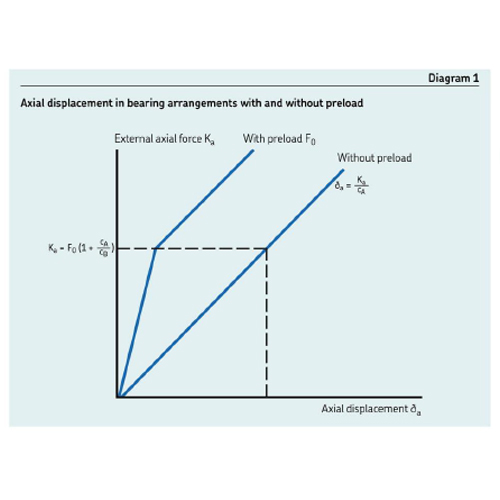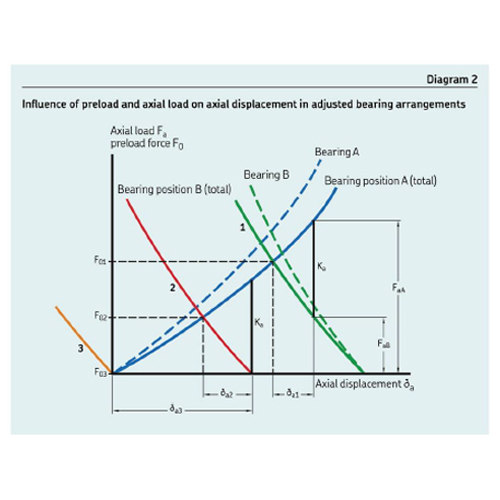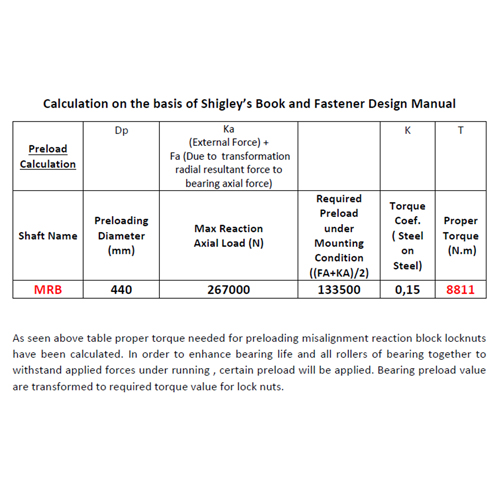Our experienced academic and engineering staff in TR TRANMISSION provides design service for both custom and commercial gearboxes with your specific requirements.
High-density gearboxes are recently attracting more attention especially in aerospace and robotics applications. Power density of gearboxes are being maximized by new and different design techniques. New design methodologies and new materials help reduce both gear stresses and gearbox weights. Some of the new design techniques, where we feel confident for gearbox where is used unidirectional application, include asymmetric tooth and asymmetric root gears both individually or in combination help reduce gears stresses by 5% to 15% which at the end help maximize power density of the gearbox. High contact ratio is another gear design subject and employed by our engineering staff to aerospace helicopter gears successfully and resulted in a patent application. Uni-directional or bi-directional optimizing Operating Backlash is another know-how in our design methodology that is validated with academic articles and low backlash gearboxes can be achieve with minimum system requirements according to request. All gearboxes designs are fulfilled with optimized macro & micro geometries for smooth motion & high-density requirements.
Let our experienced engineering and product development team help you achieve your project goals under following developing gear technology.
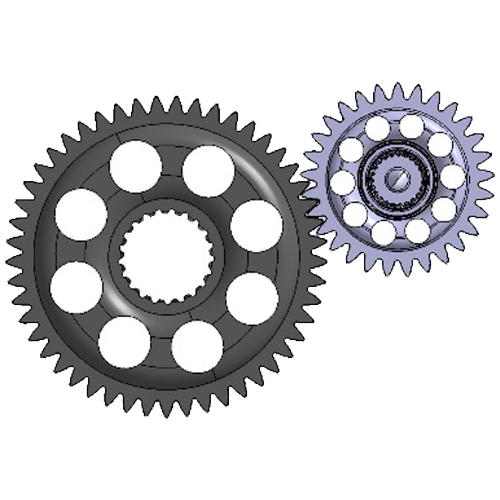
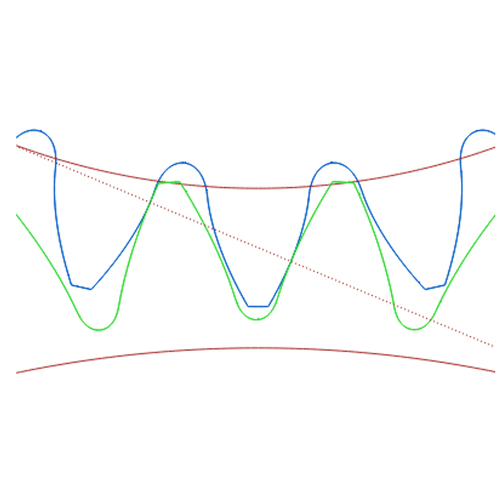
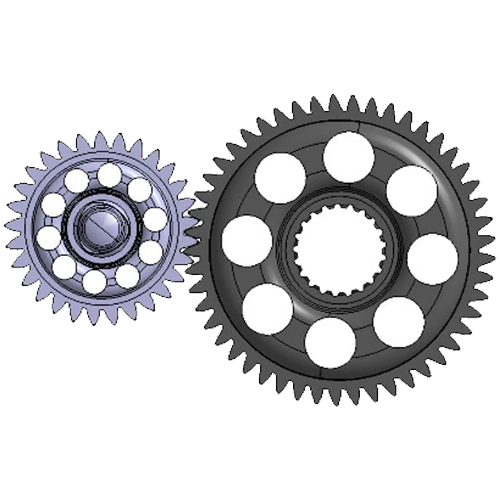
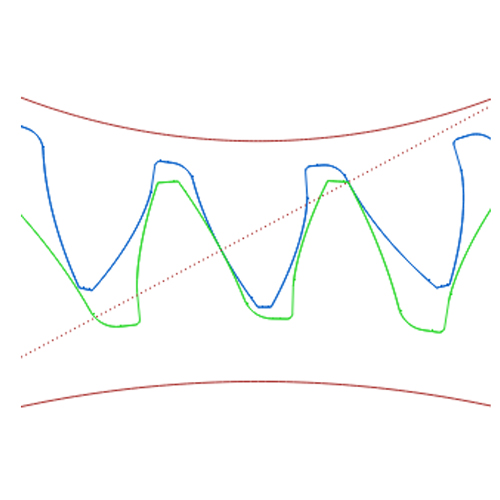
We provide solutions for acceptable static & dynamic & fatigue margin of safeties of each pertinent components and overall systems.
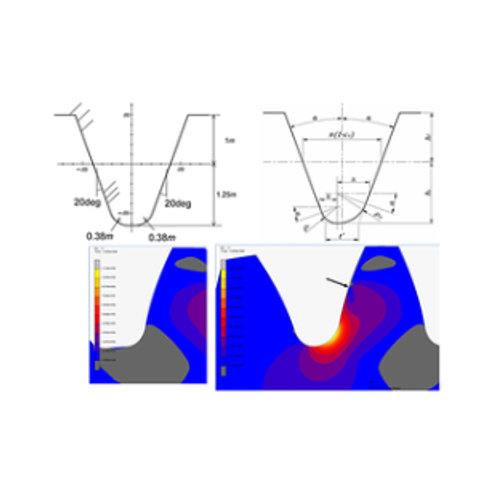
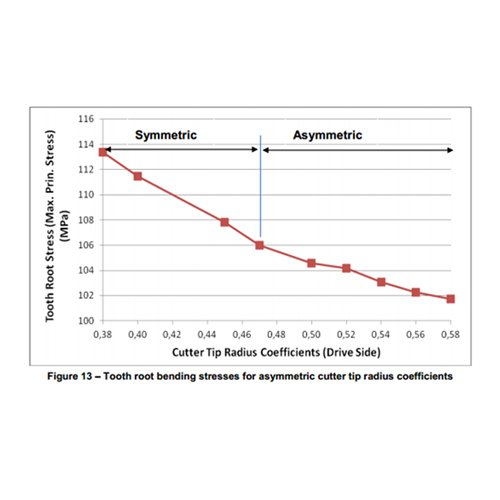
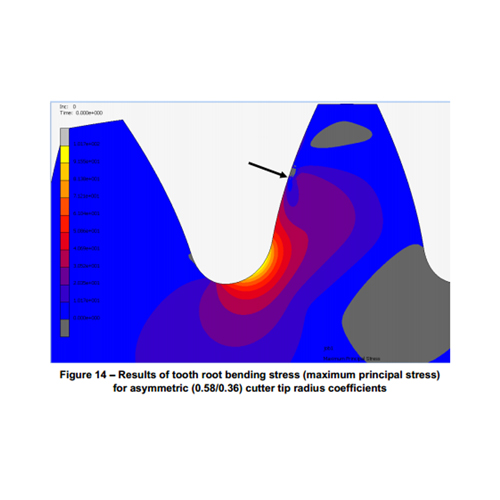
We provide solutions for acceptable static & dynamic & fatigue damage analysis margin of safeties of each pertinent components and overall systems using tools and own calculations under relevant prepared our specifications.
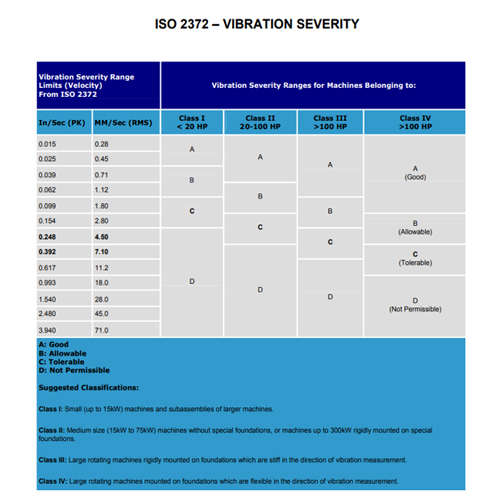
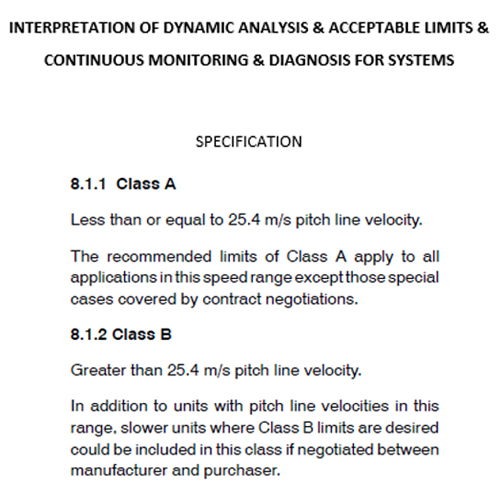
FATIGUE FAILURE FATIGUE DAMAGE ANALYSIS
Specification
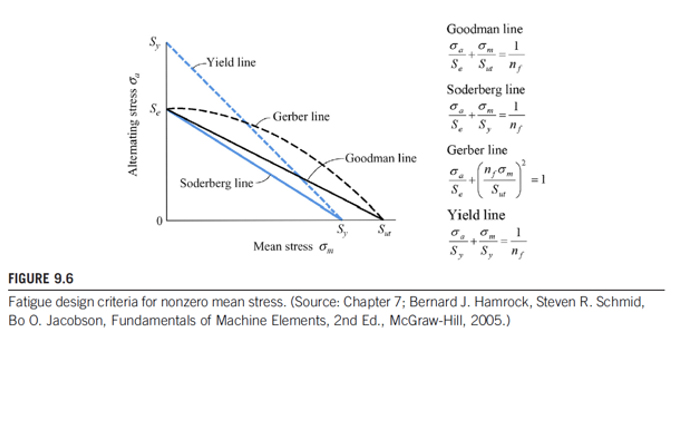
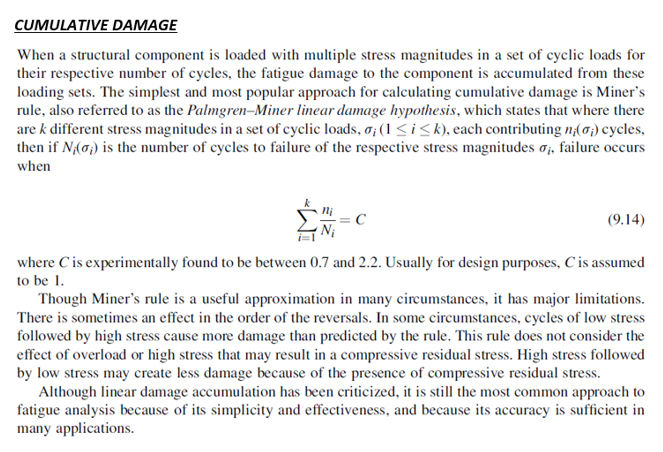
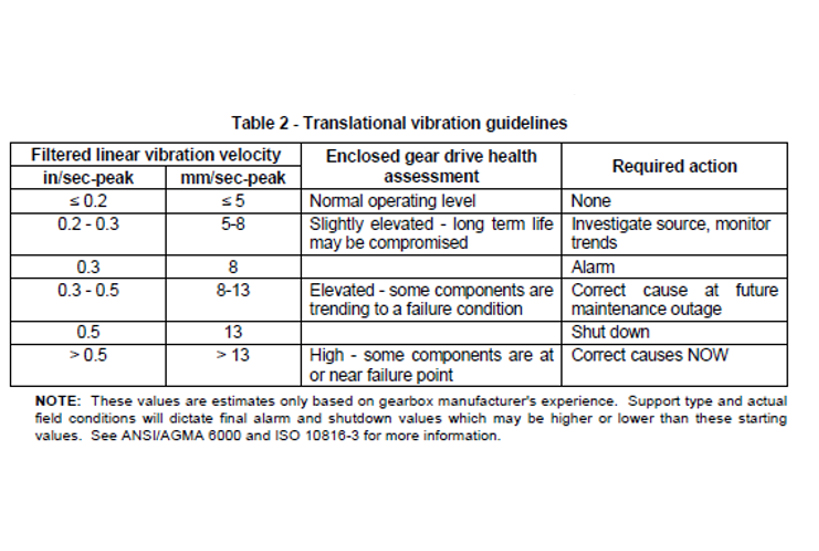
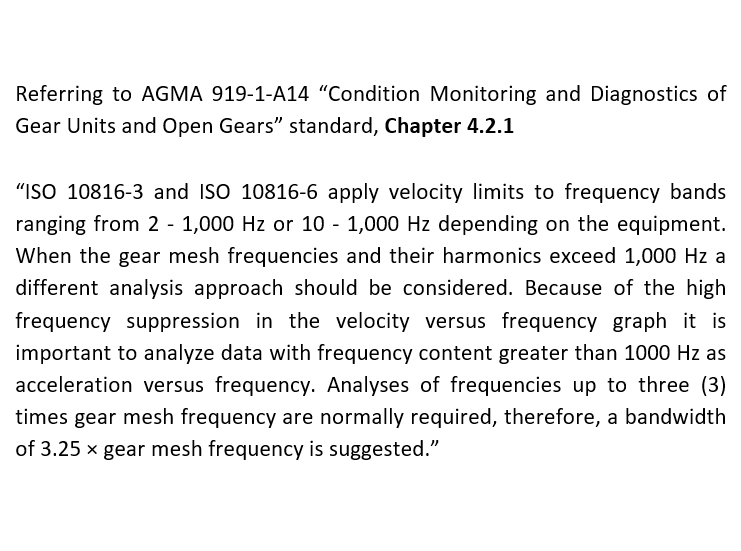
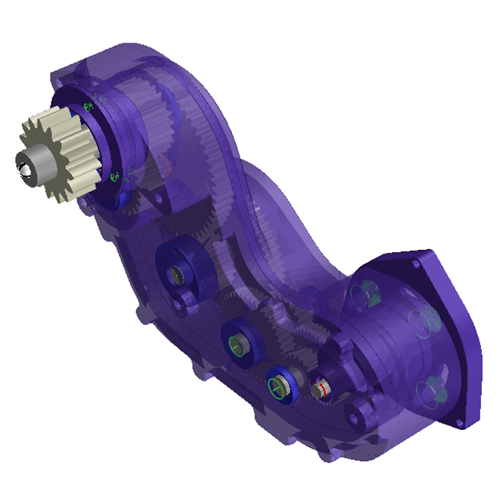
We provide solutions for overall torsionall stiffness, fastener selection, bearing preloading calculations each pertinent components and overall systems using tools and own calculations under relevant prepared our specifications.
Explanation of how total torsional stiffness is calculated
Whole system contains gears, bearings , shaft and selected couplings which have individual rotational (torsional ) stiffness.
Shafts are imported to finite element analysis programmed then, applying operating torque condition to shaft under gear region of shaft kept . Then, it is considered like serial connected with pertinent gear, its equivalent stiffness are founded.
Total torsional stiffness is calculated by sources which are from Input coupling to respectively Input Stiffness- End Stiffness like
